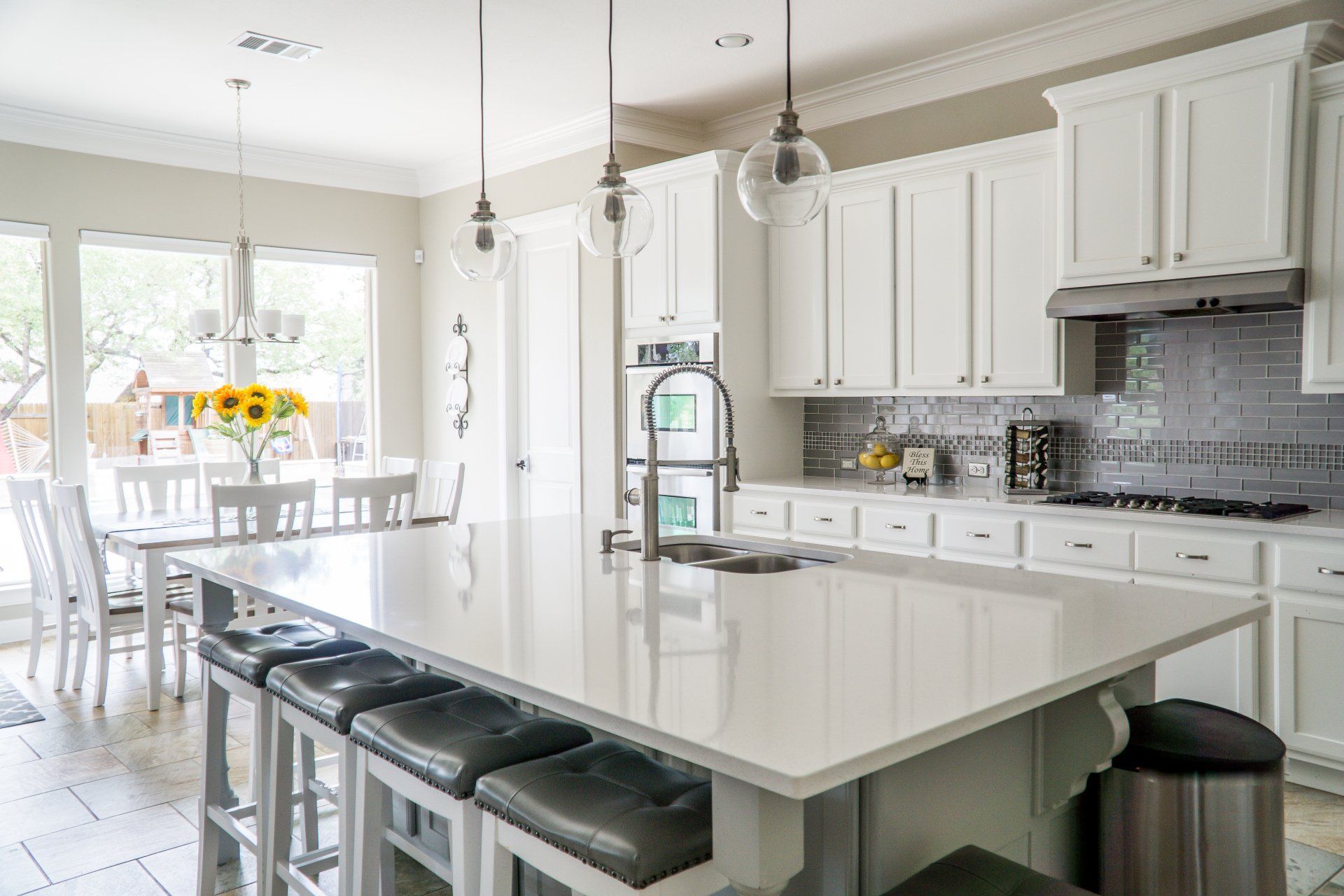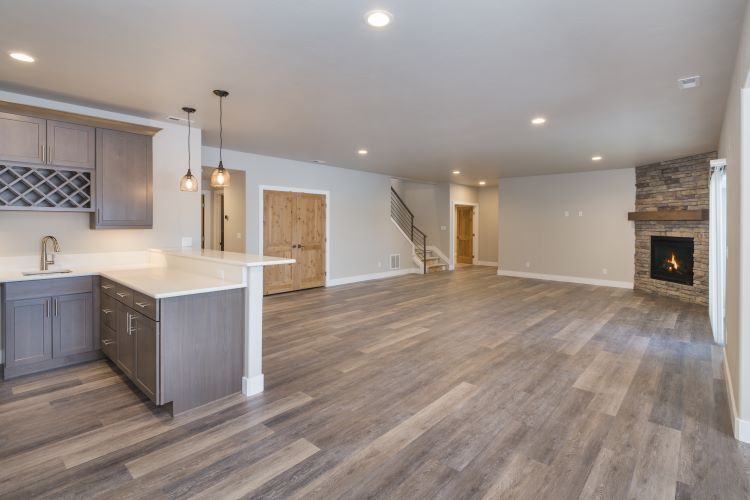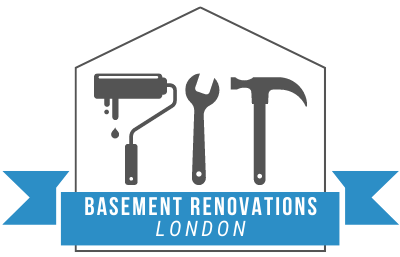Kitchen Reno Ideas

Your kitchen is more than just a place to prepare meals—it's the heart of your home, a gathering space for family and friends, and a reflection of your personal style and taste. If your kitchen is outdated, cramped, or no longer meets your needs, it may be time to consider a renovation. At Kitchen Renovations London, we specialize in transforming outdated kitchens into functional, beautiful, and inviting spaces that homeowners love to spend time in. In this blog article, we'll explore the benefits of kitchen remodeling and provide some inspirational ideas to help you envision your dream kitchen.
Why Renovate Your Kitchen?
- Enhanced Functionality: A kitchen renovation allows you to optimize the layout and design of your space to better suit your lifestyle and needs. Whether you need more storage, additional countertop space, or better workflow efficiency, a custom kitchen remodel can provide the functionality you desire.
- Increased Home Value: Kitchen renovations are one of the most cost-effective ways to increase the value of your home. A modern, well-designed kitchen can significantly enhance the overall appeal and marketability of your property, making it more attractive to potential buyers should you decide to sell in the future.
- Improved Energy Efficiency: Upgrading your kitchen appliances, lighting fixtures, and insulation during a renovation can help reduce energy consumption and lower utility bills. Energy-efficient appliances and LED lighting not only save you money in the long run but also contribute to a more sustainable lifestyle.
- Enhanced Aesthetic Appeal: Aesthetic upgrades such as new cabinetry, countertops, flooring, and backsplashes can completely transform the look and feel of your kitchen. Whether you prefer a sleek, contemporary design or a cozy, farmhouse-inspired look, a kitchen renovation allows you to express your personal style and create a space that reflects your taste.
Kitchen Renovation Tips and Design:
- Open Concept Layout: Knocking down walls to create an open-concept kitchen and dining area can make your home feel more spacious and connected. This layout promotes better flow and allows for easier interaction between family members and guests while cooking and entertaining.
- Custom Cabinetry: Investing in custom cabinetry allows you to maximize storage space and create a kitchen that's tailored to your needs. Choose from a variety of styles, finishes, and organizational features to achieve both functionality and aesthetic appeal.
- Quartz Countertops: Quartz countertops are a popular choice for kitchen renovations due to their durability, low maintenance, and wide range of colors and patterns. These non-porous surfaces are resistant to stains, scratches, and heat, making them ideal for busy kitchens.
- Statement Lighting: Incorporating statement lighting fixtures such as pendant lights or chandeliers can add drama and personality to your kitchen while providing task lighting in key areas such as the island or sink.
- Timeless Finishes: Opt for timeless finishes and materials that will stand the test of time and remain stylish for years to come. Neutral color palettes, classic subway tile backsplashes, and hardwood flooring are all timeless choices that complement a variety of design styles.
Conclusion:
A kitchen renovation is a worthwhile investment that can enhance the functionality, value, and aesthetic appeal of your home. Whether you're looking to update your kitchen's layout, upgrade appliances, or refresh its appearance with new finishes and fixtures, Kitchen Renovations London is here to help bring your vision to life. Contact us today to schedule a consultation and take the first step toward creating the kitchen of your dreams.
You might also like



Basement Renovations London
Your local renovation experts
Navigation
Navigation
Services
Working hours
- Mon - Sat
- -
- Sunday
- Closed
Copyright Basement Renovations London | Proudly Powered by Snapps

